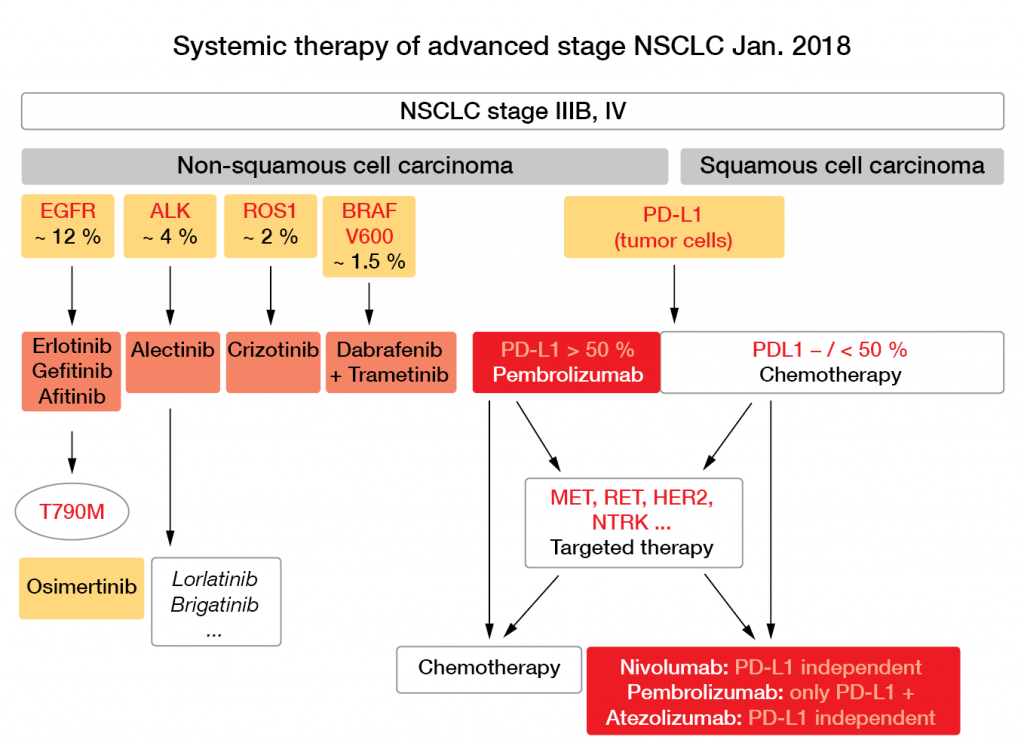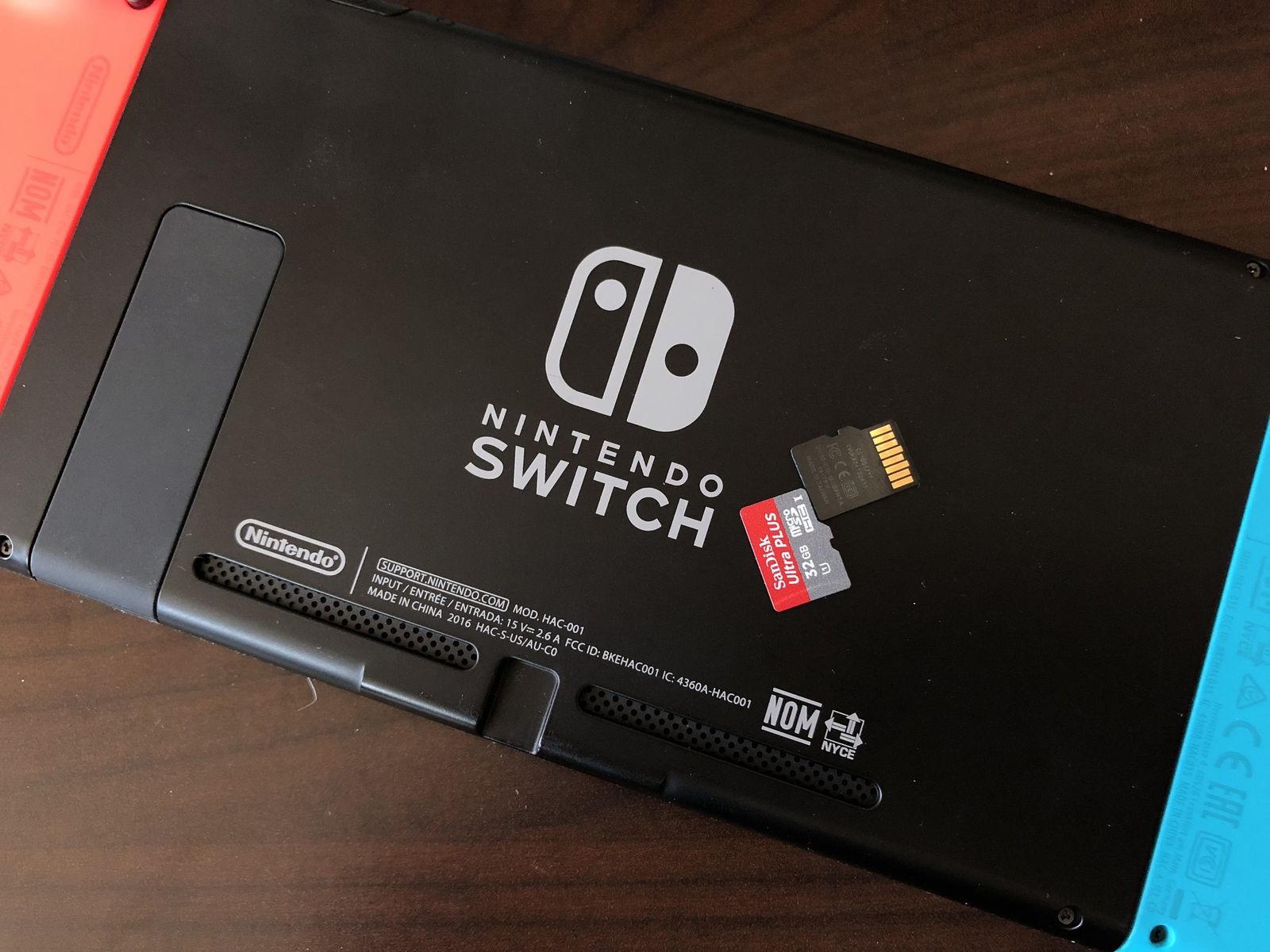Drugs Targeting BRAF GO2 Foundation for Lung Cancer BRAF is another gene that can change in NSCLC. Overall response rate with BRAF therapy was 53 and disease control rate was 85.
 Pdf Targeting Braf Mutant Non Small Cell Lung Cancer From Molecular Profiling To Rationally Designed Therapy Semantic Scholar
Pdf Targeting Braf Mutant Non Small Cell Lung Cancer From Molecular Profiling To Rationally Designed Therapy Semantic Scholar
These drugs can be used together to treat metastatic NSCLC if it has a certain type of BRAF.

Braf targeted therapy lung cancer. In metastatic non-small cell lung carcinoma mNSCLC mutations in BRAF. Trametinib Mekinist is known as a MEK inhibitor because it attacks the related MEK proteins. EGFR inhibitors for lung cancer include.
BRAF mutations have been found in half of melanomas mainly as a V600E mutation. National Human Genome Research Institute On June 22 the Food and Drug Administration FDA approved the combination of dabrafenib Tafinlar and trametinib Mekinist for the treatment of patients with metastatic non-small cell lung cancer NSCLC that has an alteration in the BRAF gene called the V600E mutation. Of these one of the most promising therapeutic targets is B-Raf proto-oncogene serinethreonine kinase BRAF.
Learn more about targeted therapies for lung cancer. BRAF is a serinethreonine kinase located inside the cell and is activated by RAS. Dabrafenib Tafinlar is a type of drug known as a BRAF inhibitor which attacks the BRAF protein directly.
Cancer cells that have changes to this gene are called BRAF V600E positive BRAF V600E. This brochure will help you understand targeted therapies and what they mean for you. The goal of targeted therapy is to directly target your unique tumor.
J Thorac Oncol 10. Mazieres J Cropet C Montané L et al. Five patients had BRAF therapy in the first line all with vemurafenib 30 had BRAF therapy in further.
A total of 39 lines of BRAF-targeted therapy were administered 29 with vemurafenib nine with dabrafenib and one with sorafenib. Changes in the BRAF gene called BRAF V600E can be found in higher amounts in some types of lung cancer. Vemurafenib in non-small-cell lung cancer patients with BRAF V600 and BRAF nonV600 mutations.
Targeted therapy has entered the world of colorectal cancer CRC research with the identification of mutations in KRAS and BRAF genes. Clinical development of anti-BRAF drugs for lung cancer treatment. 5 EGFR targeted therapy drugs offer higher response rates and longer progression-free survival rates compared to traditional chemotherapy.
Chemotherapy has a general goal of killing cells that are growing or dividing. A combination of the targeted therapies dabrafenib and trametinib pills that target the mutation or immunotherapy with or without chemotherapy The targeted therapy drug combination helps address the BRAF mutation dabrafenib and the MEK protein trametinib. Drugs were prescribed at their registered dose which was 960 mg twice a day for vemurafenib 150 mg twice a day for dabrafenib and 400 mg for sorafenib.
People living with lung cancer often have newer more personalized treatment options. Around 3 to 5 percent of lung cancer tumors have mutations changes on the anaplastic lymphoma kinase ALK gene. First-line treatment for BRAF V600E mutations in lung cancer is either.
In turn BRAF activates downstream kinases such as MEK and ERK MAPK. Treatment for patients with metastatic non-small cell lung cancer NSCLC has historically consisted of systemic cytotoxic chemotherapy. Chemotherapy reduces symptoms improves quality of life and prolongs survival in some patients with NSCLC.
Mutations in BRAF observed in 2-4 of NSCLCs typically lead to constitutive activation of the protein and as a consequence lead to activation of the mitogen-activated protein kinase signaling pathway. Targeted therapy for patients with BRAF-mutant lung cancer results from the European EURAF cohort. This allows treatments to work better and with fewer side effects.
Gilotrif afatinib Iressa gefitinib Portrazza necitumumab Tagrisso osimertinib Tarceva erlotinib Vizimpro dacomitinib Anaplastic Lymphoma Kinase ALK Inhibitors. These results confirm the activity of targeted therapy in patients with BRAF-mutant lung adenocarcinoma. Two oral drugs are approved in combination for NSCLC with a change in BRAF called V600E.
Robert Winn an expert on cancer mutations explains the importance of combination therapi. A combination of dabrafenib Tafinlar and trametinib Mekinist may be used to treat nonsmall cell lung cancer that is BRAF V600E positive. Targeted therapy can be used by oncologists to target and treatment your specific type of lung cancer.
Tagrisso is usually recommended as the first treatment for EGFR because it can be effective in stopping lung cancer spread to the brain metastases. 1BRAF has a presence in various malignancies such as thyroid melanoma hairy cell leukemia and non small cell lung cancer. This gene plays an important.
Gautschi O Milia J Cabarrou B et al. Further trials are warranted to study combination therapies and drug resistance. Median progression-free survival with BRAF therapy was 50 months and overall survival was 108 months.
1451-1457 2015 Crossref Medline Google Scholar.











